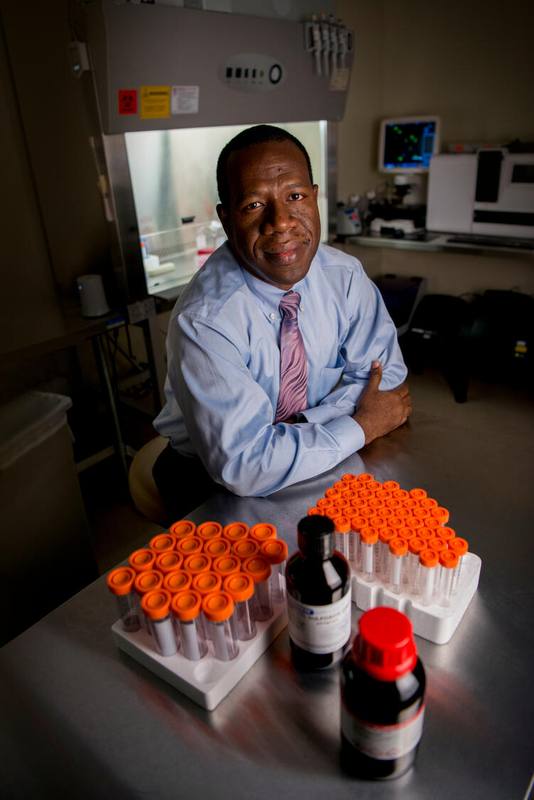-
Research
New Mayo Clinic stem cell research to take flight into space

Update 1-30-24: According to NASA, a successful launch occurred at 12:07 EST. The spacecraft is scheduled to link with the International Space Station during the early morning hours of Feb.1.
Update 1-29-24: NASA has moved the launch of this mission to Tuesday, Jan. 30, subject to weather conditions and other factors. You can watch for updates by following NASA's launch schedule. Video assets with Dr. Zubair have been added below.
A Mayo Clinic research experiment will be part of a payload that launches into space from NASA's Kennedy Space Center in Cape Canaveral, Florida, on Jan. 29, subject to weather conditions and other factors. The research team from the lab of Dr. Abba Zubair is preparing stem cells for the flight to test how the absence of gravity plays a role in bone loss.
"We've known for some time that astronauts lose bone density on long-duration space flights. We want to understand how this occurs so we can work on solutions that prevent bone loss not only in astronauts while they're in space, but also in patients here on Earth."
- Dr. Zubair, laboratory medicine and pathology specialist at Mayo Clinic in Florida

The research project will examine the effect of gravity on a type of stem cells derived from bone marrow known as mesenchymal stem cells, or adult stem cells with growth factors and healing potential. They play a key role in tissue repair and regeneration. Dr. Zubair's team will look at how the stem cells function while in space. Dr. Zubair says the experiment could have implications for future space flights that include taking humans to Mars.
This early research also could affect human clinical trials down the road, perhaps a decade away, according to Dr. Zubair.
Journalists: B-ROLL and Broadcast-quality sound bites with Dr. Zubair are available in the downloads at the end of the post. Please courtesy: "Mayo Clinic News Network." Name super/CG: Abba Zubair, M.D., Ph.D./Laboratory Medicine and Pathology /Mayo Clinic.
"We will use what we learn from this project to advance our research on the road to clinical trials, with the ultimate goal of testing therapeutic agents that can prevent or treat bone loss that comes with osteoporosis, as well as bone loss that occurs in patients who are bedridden for long periods of time," he says.

The research will be conducted during two space flights. The first space flight will evaluate the impact of microgravity on bone-forming stem cells. The second space flight is tentatively planned for the end of the year and will analyze the effect of microgravity on other cell types that participate in bone formation or loss. A compound will be tested that can be used to treat bone loss in space and potentially on Earth.
The first foray into space for Dr. Zubair's research was in 2017, when a payload of several samples of donated stem cells blasted off from Kennedy Space Center in a test to determine if they could hold up in space and be more quickly mass-produced in microgravity for use in stroke treatment. A subsequent research experiment in space found that stem cells grown in weightlessness are safe and feasible for applications to human disease.
Mayo Clinic is collaborating with Bioserve Space Technologies in Boulder, Colorado, which is providing the space flight hardware for the research project.







